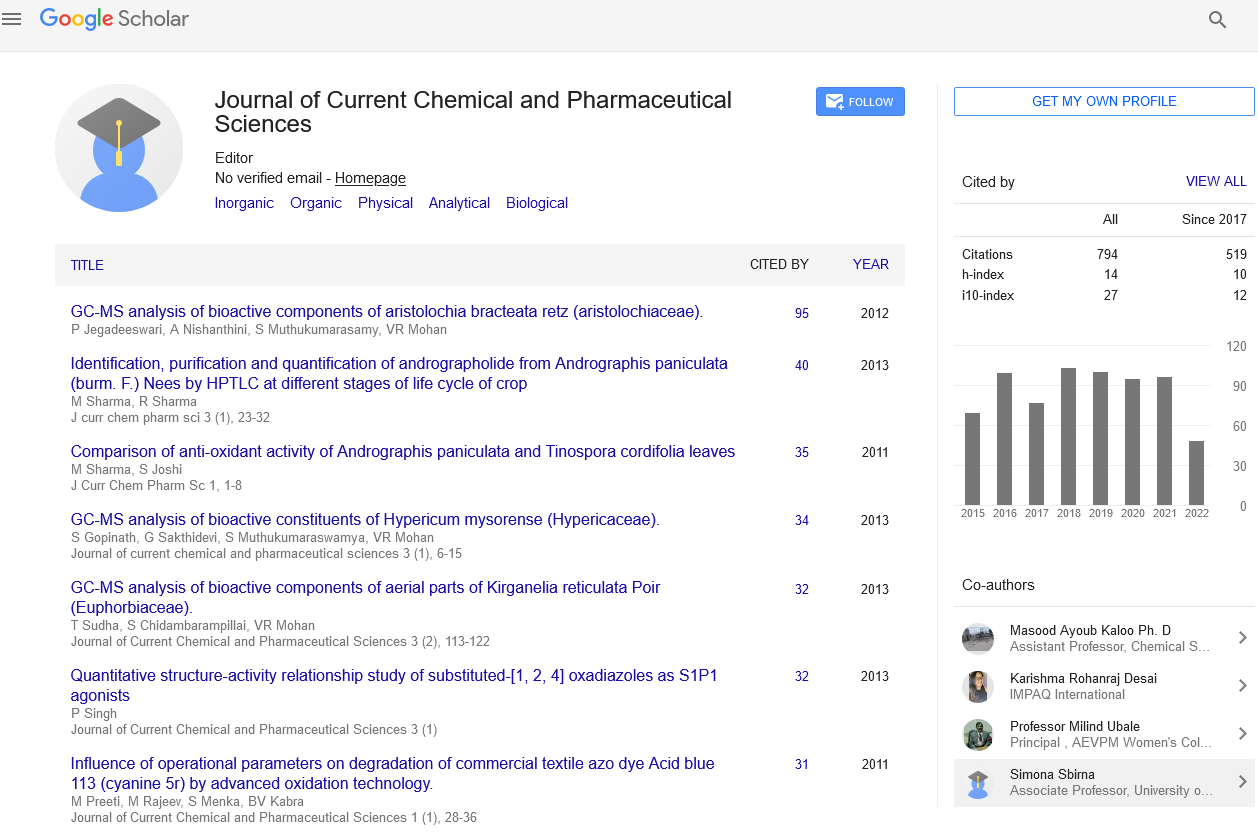Abstract
Comparative Study of the Physicochemical Properties of Starch Blends-Pigeon Pea and Rice Starches Versus Bambarra Groundnut and Cassava Starches
Author(s): Adeleke Omodunbi AshogbonPigeon pea starch (100PPS), rice starch (100RS), bambarra groundnut starch (100BBS) and cassava starch (100CS) were blended in different ratios: (70PPS/30RS; 50PPS/50RS; 30PPS/70RS) (PPS/RS) and (70BBS/30CS; 50BBS/50CS; 30BBS/ 70CS) (BBS/CS) and their physicochemical properties were compared. The apparent amylose contents of the PPS/RS blends ranged from 33.14% (30PPS/70RS) to 42.63% (50PPS/50RS) compared with 33.23 (30BBS/70CS) to 41.53% (70BBS/30CS) of the BBS/CS blends. Significant differences were observed in the bulk density, dispersibility and pH of both blends (PPS/RS and BBS/CS). In the PPS/RS blends, the swelling power and the water solubility index were lower than that of the control starches while these parameters fluctuates as the temperature increased in the BBS/CS blends. While the pasting parameters (with the exception of pasting time and pasting temperature) of the PPS/RS blends were non-additive compared to the BBS/CS blends that were additive (with the exception of peak and breakdown viscosities) of their individual components. The under-utilized 100PPS could be more important industrially by substituting part of it into the more expensive 100RS. Overall results indicate that blending of native starches from different botanical sources improves their properties.
